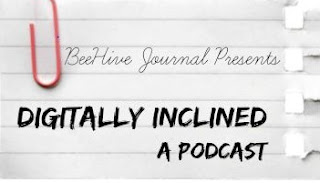Social Senseless: How Social Media is Dictating News
Social media has turned the news world on its head.
It's in everyone's hands, their pockets. It's on their computer screens at work and in in the home.
Social media is a powerhouse of modern journalism. Digital natives spring like bamboo stalks from Facebook's many pages. In the eyes of many journalists, the web is the every-giving sea of social-media perks.
But for many, it's a ball and chain.
Because of social media platforms, journalism has taken a turn. Many legacy news now faces a crisis; cater to the needs of consumers or produce hard news.
What has changed?
In the '90s news jumped from the page onto the web. Very quickly, the news was consumed more on the web than paper. There is less brand loyalty within the news realm, and news is produced at incredible rates. If a big story, say a plane crash, broke, the audience isn't waiting on the Connecticut Law Tribune to print a five-column inch story tomorrow morning at 9; they're jumping on Twitter and picking bits from live-blogging journalists.
The news is much faster now.
It is also more digestible.
News went from tiny inch blocks aside black and white photos to 30 sec briefs on your timeline. The transition made print obsolete.
It is also more digestible.
News went from tiny inch blocks aside black and white photos to 30 sec briefs on your timeline. The transition made print obsolete.
What does social media have to do with this?
 |
| Twitter is a micro-blogging platform. It has completely turned the journalism world on it head. |
Social media has opened doors for intense competition. From my research, in the past papers had friendly discourse. It appears in recent times, legacy news has gotten into squabbles with digital natives.
Social media has opened doors; too many doors.
Legacy news now faces a problem; tardy their names with 'fluff' to cater to consumers, or continue breaking news stories and potentially lose out on an audience.
What's the future look like?
 |
| The New York Times has become incredibly popular over the last few years. It has a growing young-audience as well. |
The future isn't very cloudy; with faster, smarter technology, news organizations must adapt to provide the same care, quality and quantity as before, but on a new medium.


Comments
Post a Comment